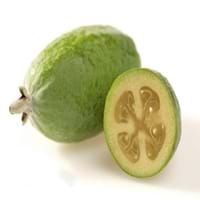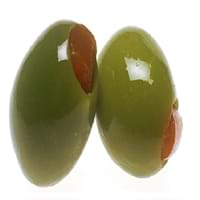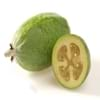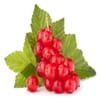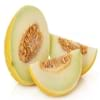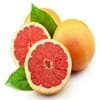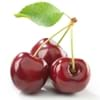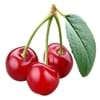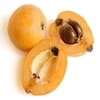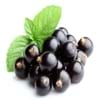Health Benefits
Anti depressant, Cancer prevention, Reduces nervous tension, Treatment of alzheimer's disease, Treatment of Lung disease
Cancer prevention, Helps in cartilage regeneration, Prevents macular degeneration, Treatment of alzheimer's disease
General Benefits
Digestive aid, Helps in weight loss, Improves blood circulation, Strengthens bones, Treatment of common cold
Anti oxidant properties, Anti-inflammatory properties, Boosts immune system, Controls blood pressure, Digestive aid, Maintains healthy cholesterol level
Skin Benefits
Brightens and lightens complexion, Skin rejuvenation
Hydrates skin, Skin rejuvenation, Treatment of skin diseases
Hair Benefits
Promotes longer and healthier hair, Protects hair
Acts as moisturizer, Good conditioner, Regulates hair growth
Side Effects
Allergic reaction
Affects blood glucose levels, Dizziness, Stomach pain
Best Time to Eat
As a snack in the late afternoon, Don't consume at night and before bed, Eat the fresh ones, avoid mixing with any other foods, don't eat after meal., Morning time (before lunch)
Hardly eaten raw, Olive oil is consumed for many purposes.
Vitamin A (Retinol)
Not Available
Vitamin B5 (Pantothenic Acid)
Vitamin C (Ascorbic Acid)
Vitamin K (Phyllochinone)
Calories in Fresh Fruit with Peel
Not Available
Calories in Fresh Fruit without Peel
Not Available
Calories in Frozen Form
Not Available
Not Available
Calories in Canned Form
Not Available
Type
Tree fruit
Tree fruit
Season
Autumn, Winter
Spring, Summer
Varieties
Anatoki, Gemini, Kaiteri, Kakariki, Pounamu, Unique, Apollo, Den's Choice, Kakapo, Mammoth, Opal Star, Triumph and Wiki Tu
Manzanillo, Sevillano, Mission, Ascolano, Barouni, Gordal, Rubra and Picholine
Color
Green
Black, Green, Purple, Yellow
Origin
Argentina, Brazil, Paraguay, Uruguay
Eastern Mediterranean Region
Grows on
Not Available
Trees
Soil Type
Clay loam, Gravely loam, Sandy
Well-drained
Climatic Conditions
Cold, Warm
Warm to hot climate
Facts about
- Feijoa is called as "pineapple guava" in some countries.
- Feijoa tree is an ornamental plant that can also be used as hedge & windbreak.
- All parts of feijoa fruit are edible(skin is mostly discarded).
- In ancient Greece, 1st eye shadow was made by adding olive oil in ground charcoal.
- The most expensive form of olive oil is Extra Virgin.
- Largest type of olive tree is known as donkey tree & smallest one is called bullet.
Top Producer
New Zealand
Spain
Other Countries
Australia, Azerbaijan, India, Japan, United States of America
Algeria, Egypt, Greece, Italy, Morocco, Portugal, Syria, Tunisia, Turkey
Top Importer
China
United States of America
Top Exporter
New Zealand
Italy
Botanical Name
Acca sellowiana
Olea europaea
Synonym
Feijoa sellowiana or Orthostemon sellowianus
Not Available
Subkingdom
Tracheobionta
Tracheobionta
Division
Magnoliophyta
Magnoliophyta
Class
Magnoliopsida
Magnoliopsida
Family
Myrtaceae
Oleaceae
Species
A. sellowiana
O. europaea
Generic Group
Myrtle
Olive
Difference Between Feijoa and Olive
We might think that Feijoa and Olive are similar with respect to nutritional value and health benefits. But the nutrient content of both fruits is different. Feijoa and Olive Facts such as their taste, shape, color, and size are also distinct. The difference between Feijoa and Olive is explained here.
The amount of calories in 100 gm of fresh Feijoa and Olive with peel is Not Available and 115.00 kcal and the amount of calories without peel is 55.00 kcal and Not Available respectively. Thus, Feijoa and Olive belong to Low Calorie Fruits and High Calorie Fruits category.These fruits might or might not differ with respect to their scientific classification. The order of Feijoa and Olive is Myrtales and Lamiales respectively. Feijoa belongs to Myrtaceae family and Olive belongs to Oleaceae family. Feijoa belongs to Acca genus of A. sellowiana species and Olive belongs to Olea genus of O. europaea species. Beings plants, both fruits belong to Plantae Kingdom.
